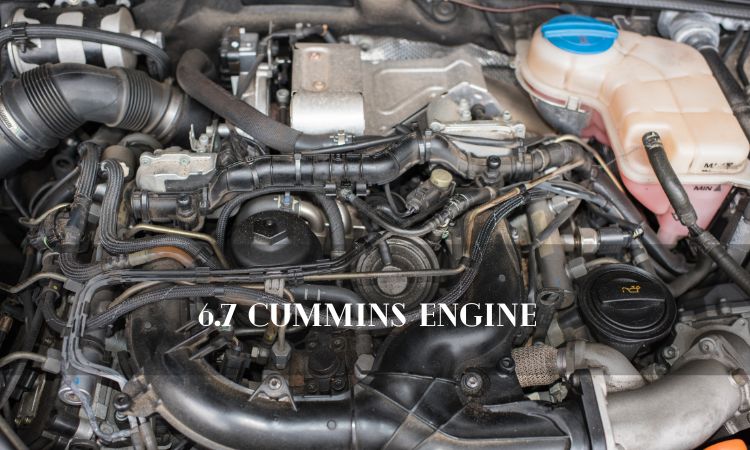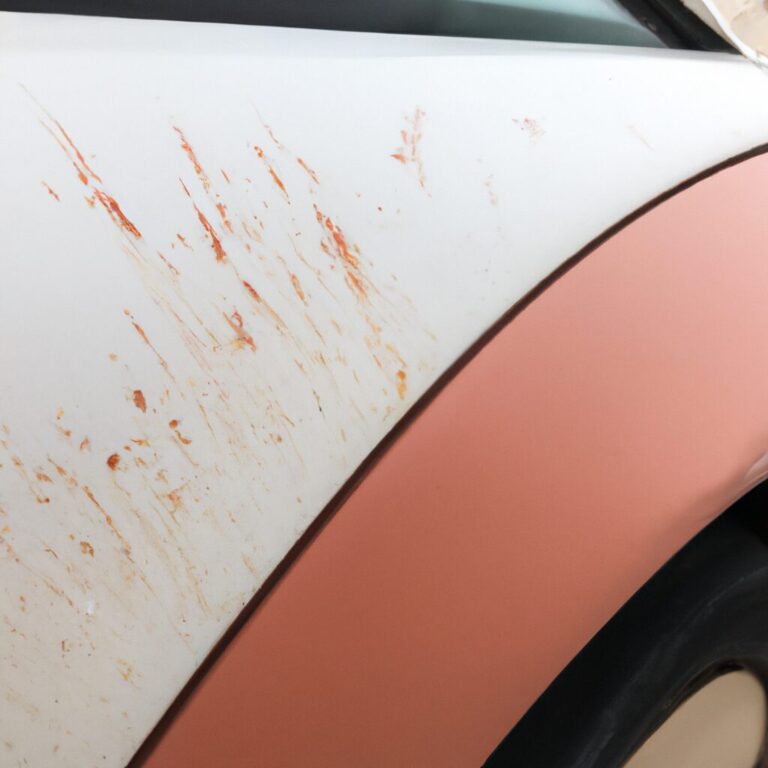Cant Build Pressure When Bleeding Brakes
If you can’t build pressure when bleeding brakes, check for leaks in the brake system. Leaks are a common cause.
Facing issues with building pressure when bleeding your brakes can be frustrating and potentially dangerous. Proper brake function is crucial for the safety of your vehicle and passengers. We will discuss common reasons why you may be experiencing this problem and provide practical tips on how to troubleshoot and resolve it.
By understanding the underlying causes and following the correct steps, you can ensure that your brakes are working efficiently and effectively. Let’s dive in and explore the solutions to this common brake bleeding issue.

Credit: m.youtube.com
Common Brake Bleeding Issues
When performing a brake bleeding procedure, it’s essential to be aware of the common brake bleeding issues that can hamper the process. Understanding these issues can help in achieving effective and safe brake bleeding results.
Air In The Brake System
Air in the brake system can prevent the brake fluid from flowing smoothly, leading to a spongy brake pedal and ineffective braking. Ensure that the brake fluid reservoir is always filled to prevent air from being drawn into the system. Additionally, a systematic and thorough bleeding process should be followed to remove any existing air pockets from the brake lines.
Inadequate Pumping
Inadequate pumping of the brake pedal during the bleeding process can result in the insufficient expulsion of air and old fluid from the system. It’s crucial to perform consistent and forceful pumps of the brake pedal to effectively push out air and contaminated fluid from the brake lines.
Improper Bleeding Technique
Using the wrong bleeding technique can lead to incomplete air removal and improper fluid circulation within the brake system. It’s important to adhere to the manufacturer’s recommended bleeding sequence and technique to ensure thorough air removal and proper fluid circulation, thus restoring optimal braking performance.

Credit: v4musclebike.com
Why Pressure Can’t Build
When bleeding brakes, it can be frustrating if pressure can’t build. There are several reasons why this may happen, ranging from blocked brake lines to worn brake components. Understanding the causes behind the lack of pressure is crucial for resolving the issue effectively.
Blocked Brake Lines
Blocked brake lines can prevent the smooth flow of brake fluid during the bleeding process. Debris or corrosion within the line may impede the movement of fluid, leading to pressure build-up issues. Inspecting and clearing the brake lines can help restore proper fluid flow.
Faulty Brake Bleeder
A faulty brake bleeder can also contribute to the inability to build pressure. Issues with the bleeder valve, such as leaks or malfunctions, can disrupt the bleeding process and hinder pressure development. Checking and replacing the brake bleeder as needed is essential.
Worn Brake Components
Worn brake components, such as seals or calipers, may compromise the efficiency of the braking system. Pressure loss can occur if these components are not functioning properly. Regular maintenance and inspection of brake parts can help prevent such issues.
Troubleshooting The Issue
Troubleshooting the Issue:
Checking For Brake Line Obstructions
Inspect the brake lines for kinks or bends that may be hindering proper fluid flow.
Inspecting The Brake Bleeder
Ensure there are no leaks or damage to the brake bleeder that could be causing pressure loss.
Evaluating Brake Wear
Check the brake pads and rotors for excessive wear that might be affecting braking efficiency.
Steps To Fix The Problem
When you’re experiencing a problem with not being able to build pressure when bleeding brakes, it can be frustrating and concerning. Fortunately, there are steps you can take to fix the issue and ensure your brake system is functioning properly and safely.
Purging Air From The Brake System
If you’re unable to build pressure when bleeding brakes, the first step is to ensure that the brake system is free of any air. This can be achieved by following these steps:
- Start by locating the brake bleeder valve on each wheel.
- With a partner, begin the bleeding process by opening the bleeder valve and slowly pressing the brake pedal.
- Continue this process until all air bubbles are expelled and only clean brake fluid flows from the bleeder valve.
Replacing Or Repairing Faulty Brake Bleeder
If purging air does not resolve the issue, it may be necessary to inspect the brake bleeder for any faults. Here are the steps to take:
- Visually inspect the brake bleeder for any signs of damage or wear.
- If any issues are found, replace the faulty brake bleeder with a new one.
- If the brake bleeder appears to be in good condition, consider using a brake bleeder repair kit to fix any potential issues.
Addressing Worn Brake Components
If you are still unable to build pressure when bleeding brakes, worn brake components could be the culprit. Follow these steps to address this potential issue:
- Inspect the brake pads, rotors, and calipers for signs of excessive wear or damage.
- If any components are worn, replace them with new, high-quality parts to ensure optimal brake system performance.
Preventing Future Problems
Regular Brake Maintenance
Regular brake maintenance is essential to prevent future problems with bleeding brakes. By regularly inspecting and servicing your brakes, you can catch any issues early on and resolve them before they turn into major problems.
- Inspect your brake components, such as the brake lines, hoses, and calipers, for any signs of wear, corrosion, or leakage.
- Check the brake fluid level regularly and top it up if necessary.
- Keep an eye on the brake pads or shoes, and replace them before they become too worn.
- Ensure that the brake rotor or drum is in good condition, without any excessive wear or damage.
By following these maintenance practices, you can ensure that your brake system stays in optimal working condition, reducing the risk of future brake problems.
Proper Bleeding Techniques
Using the proper bleeding techniques when performing a brake bleeding procedure is crucial to prevent issues in the future. Here are some key steps to follow:
- Start by lifting the vehicle and locating the brake bleed valve on each wheel.
- Attach a clear tube to the bleed valve and place the other end in a container to catch the old brake fluid.
- Have a helper press the brake pedal while you open the bleed valve, allowing the old brake fluid to flow out.
- Close the bleed valve before releasing the brake pedal, and repeat the process until fresh, clear fluid comes out without any air bubbles.
- Remember to check and adjust the brake fluid level during the bleeding process.
By following these proper bleeding techniques, you can ensure that your brakes are properly bled, eliminating any air bubbles and preventing future problems.
Using Quality Brake Fluid
Using high-quality brake fluid is another crucial factor in preventing future problems with bleeding brakes. Inferior or contaminated brake fluid can lead to poor brake performance and even system failure.
| Benefits of using quality brake fluid: | Tips for using quality brake fluid: |
|
|
By using quality brake fluid and following these tips, you can ensure that your brake system remains reliable and reduces the likelihood of encountering problems in the future.

Credit: www.amazon.com
Frequently Asked Questions On Cant Build Pressure When Bleeding Brakes
Why Is My Brake Bleeding Not Building Pressure?
Your brake bleeding may not be building pressure due to air in the brake lines, a faulty master cylinder, or a leak. Check for any air bubbles in the brake fluid, inspect the master cylinder for any signs of damage, and ensure that there are no leaks in the brake system.
Why Is There No Pressure In My Brake Lever After Bleeding?
If there’s no pressure in your brake lever after bleeding, it could be due to air remaining in the brake system. Check for any leaks and re-bleed the brakes to ensure all air is removed. If the issue persists, there may be a problem with the master cylinder or brake lines.
Why Won’t My Brake Pedal Build Pressure?
Possible reasons for a brake pedal not building pressure include air in the brake lines, a brake fluid leak, or worn brake components.
Why Can’t I Get My Brakes To Bleed?
Ensure proper seal between brake line and bleeder valve. Check for leaks in brake system. Use correct bleeding technique.
Why Is My Brake Pedal Not Building Pressure When Bleeding Brakes?
When bleeding brakes, it is possible that air has entered the brake lines, causing a loss of pressure in the pedal.
How Do I Fix The Issue Of No Pressure When Bleeding Brakes?
To fix the issue of no pressure when bleeding brakes, you can try using a vacuum pump or a two-person brake bleeding method.
What Causes Air To Enter The Brake Lines During Bleeding?
Air can enter the brake lines during bleeding due to leaking brake fluid, improper bleeding technique, or damaged brake components.
Conclusion
The inability to build pressure when bleeding brakes can be a common issue due to various factors. It is essential to properly diagnose and inspect the brake system to identify the root cause of the problem. By following the recommended steps and using the right tools, it is possible to rectify the situation and ensure the brake system is functioning optimally for a safer driving experience.


